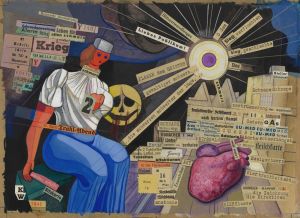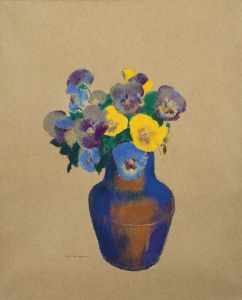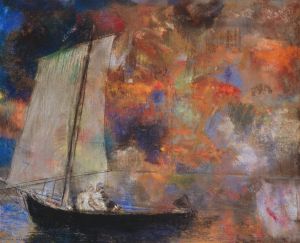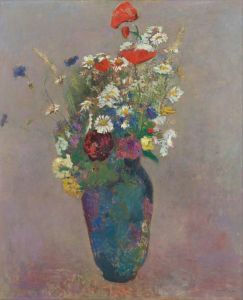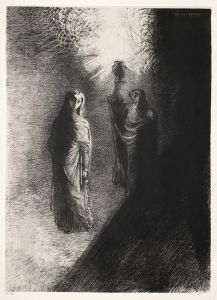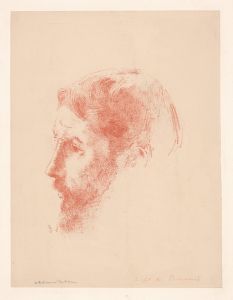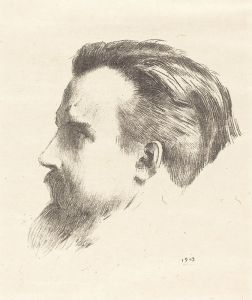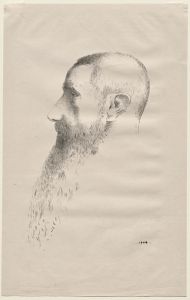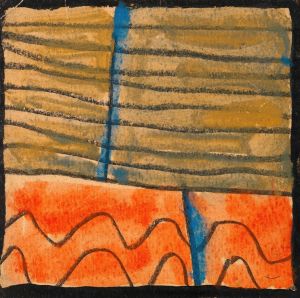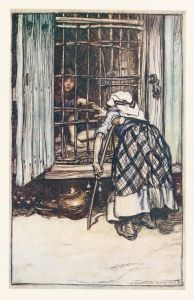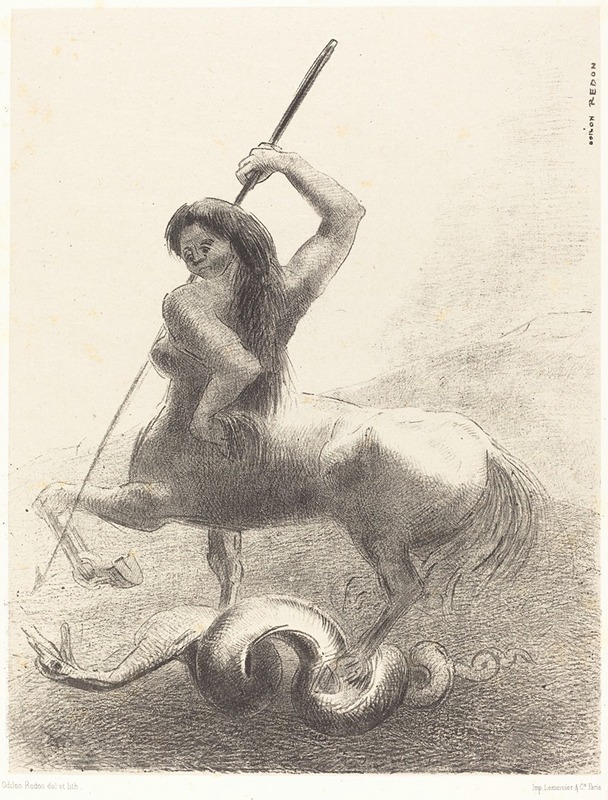
Il y eut des luttes et des vaines victoires
A hand-painted replica of Odilon Redon’s masterpiece Il y eut des luttes et des vaines victoires, meticulously crafted by professional artists to capture the true essence of the original. Each piece is created with museum-quality canvas and rare mineral pigments, carefully painted by experienced artists with delicate brushstrokes and rich, layered colors to perfectly recreate the texture of the original artwork. Unlike machine-printed reproductions, this hand-painted version brings the painting to life, infused with the artist’s emotions and skill in every stroke. Whether for personal collection or home decoration, it instantly elevates the artistic atmosphere of any space.
Odilon Redon was a French symbolist painter, printmaker, draughtsman, and pastellist, known for his unique and imaginative works that often explored themes of dreams, fantasy, and the subconscious. One of his works, "Il y eut des luttes et des vaines victoires," reflects his distinctive style and thematic interests. However, specific information about this particular painting is limited, and it is not one of his most widely documented works.
Redon was born on April 20, 1840, in Bordeaux, France. He showed an early interest in art and began studying drawing at the age of 15. After a brief period of studying architecture, he decided to pursue a career in art. Redon's early works were primarily charcoal drawings and lithographs, which he referred to as his "noirs." These pieces often depicted fantastical and macabre subjects, influenced by his interest in literature, science, and the burgeoning field of psychology.
Throughout his career, Redon was associated with the Symbolist movement, which sought to express the ideas and emotions that lay beyond the visible world. His work was characterized by a focus on the imagination and the inner world of the mind, often featuring dreamlike imagery and ethereal figures. Redon's art was influenced by a variety of sources, including the writings of Edgar Allan Poe, the music of Richard Wagner, and the scientific discoveries of his time.
In the 1890s, Redon began to incorporate color into his work, transitioning from his earlier monochromatic pieces to vibrant pastels and oils. This period marked a significant shift in his artistic style, as he explored new themes and techniques. His use of color added a new dimension to his work, allowing him to create more complex and nuanced compositions.
"Il y eut des luttes et des vaines victoires" translates to "There were struggles and vain victories," a title that suggests themes of conflict and futility. While specific details about the painting are scarce, it is likely that the work embodies Redon's interest in exploring the human condition and the complexities of the psyche. His paintings often featured symbolic elements and allegorical figures, inviting viewers to interpret the deeper meanings behind the imagery.
Redon's work was well-received during his lifetime, and he exhibited alongside other prominent artists of his era, including the Impressionists and the Nabis. His influence extended beyond the Symbolist movement, impacting later artists such as the Surrealists, who admired his ability to capture the dreamlike and the fantastical.
Odilon Redon passed away on July 6, 1916, in Paris, France. Today, his work is celebrated for its originality and its contribution to the development of modern art. While "Il y eut des luttes et des vaines victoires" may not be as widely recognized as some of his other pieces, it remains a testament to Redon's enduring fascination with the mysteries of the human mind and the power of the imagination.





